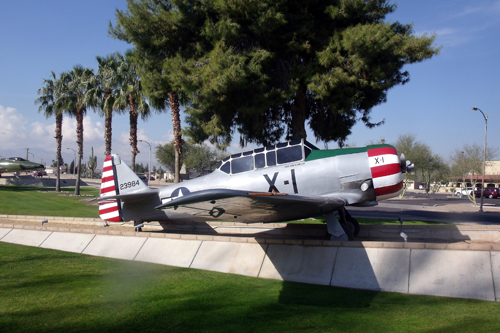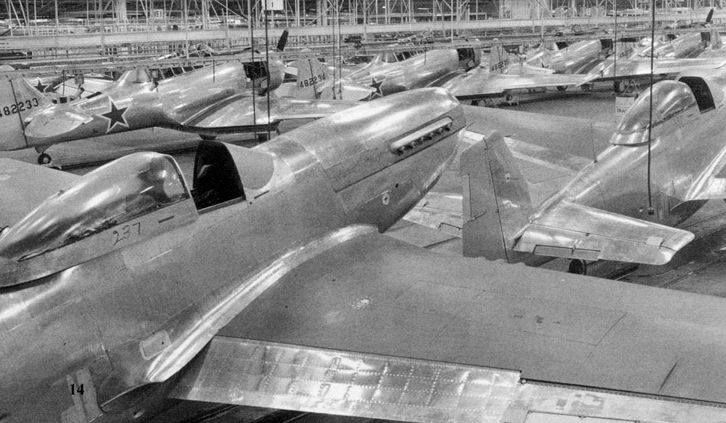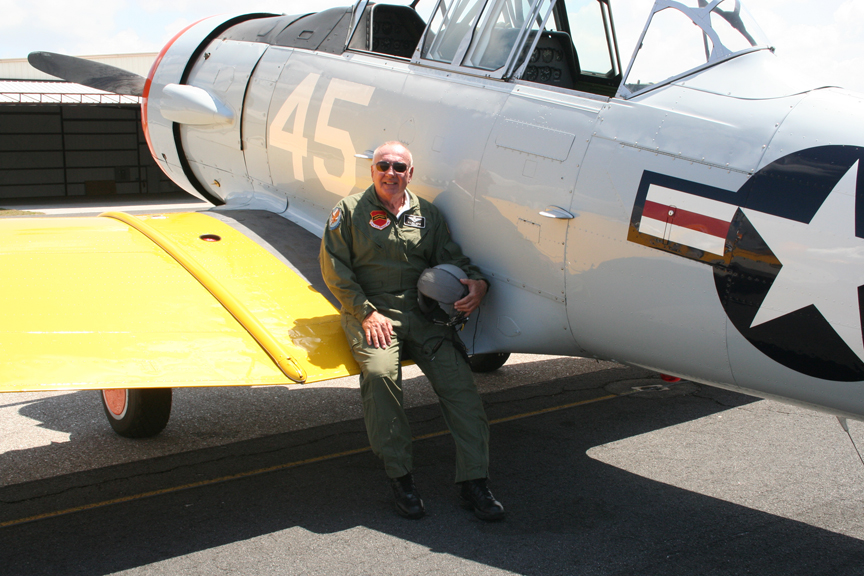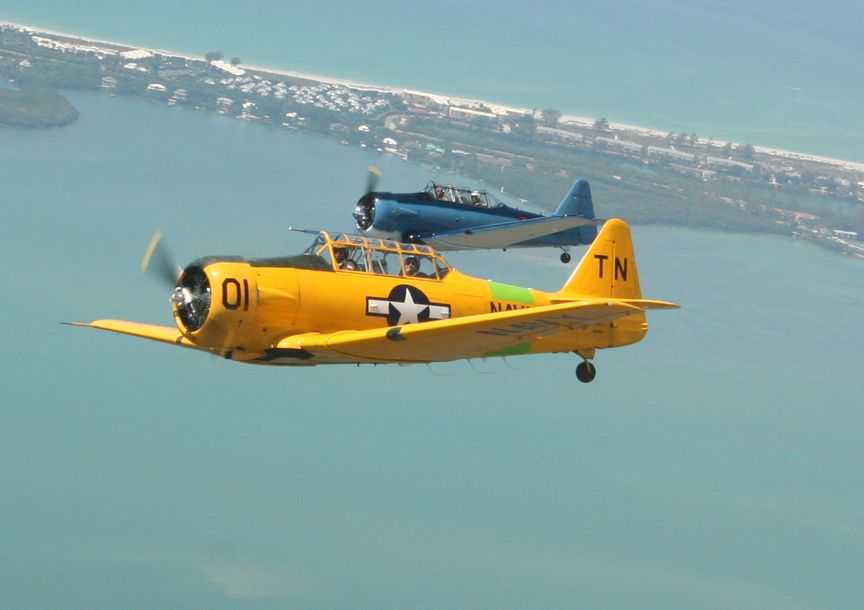Luke Air Force Base
Where Captain Billy Found Tommy

Luke Field is located just West of Phoenix Arizona. The land was purchased by the city and leased to the U.S. Army Air Corp for one dollar a year. It was selected as a training base, near Litchfield Park, and activated in February of 1941. It was named after Arizona’s own, Lieutenant Frank Luke Jr, a Congressional Medal of Honor recipient from WWI. He was with the Air Corps and was killed in action on September 29, 1918.
On March 24, 1941 orders to start construction were issued. Three months later, the first aircraft to land at Luke Field took off from Sky Harbor Airfield. That aircraft was a North American T-6, just like Tommy.
Luke has a long and distinguished history as a training base for tactical fighter pilots. It has been decommissioned and re-activated as necessary since 1941, to train pilots, not only in the T-6 Texan in WWII, but also serving as a jet training base with F-80 Shooting Stars, F-84 Thunder Jets, F-86 Sabres for Korea, and then F-100 Super Sabres during Vietnam. It has also been the training ground for fighter pilots on F-16 Falcons, F-15 Eagles and today for the new F-35 Lightning II.
Luke Air Force Base, formerly Luke Field, was my first Permanent Change of Station (PCS) during my four-year stint as a weapons specialist from 1966-1970, AFSC, or Air Force Specialty Code, 462, in the U.S. Air Force. I spent 18 months there on the F-100 with the 4510th Combat Crew Training Wing in 1967-68.
I would encourage you to look further into the Military Base near you, and even those you have read about and seen on TV. They all have a storied history. Though some have been decommissioned, and even disappeared, their history, and the part they played in our Country’s history, can be both interesting and fascinating.
Blue Skys and Tailwinds
“Captain Billy”



